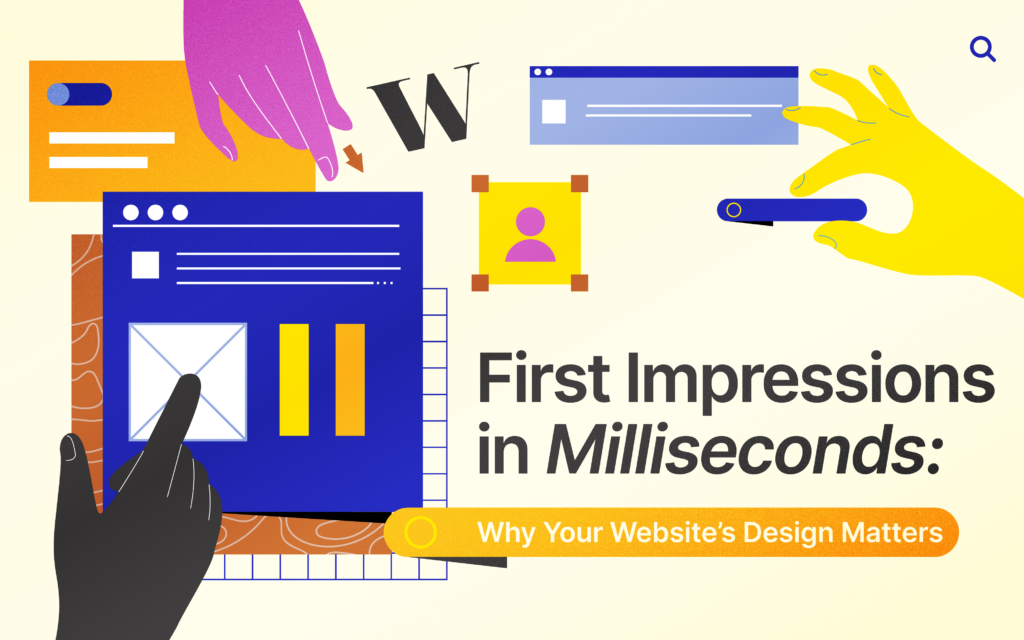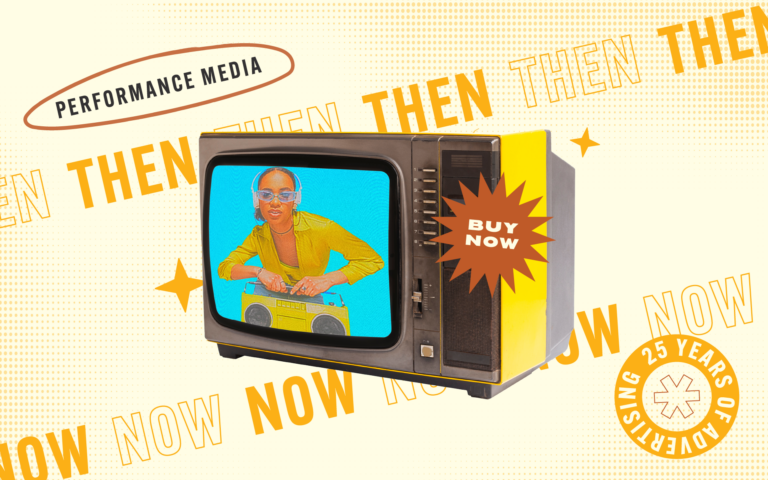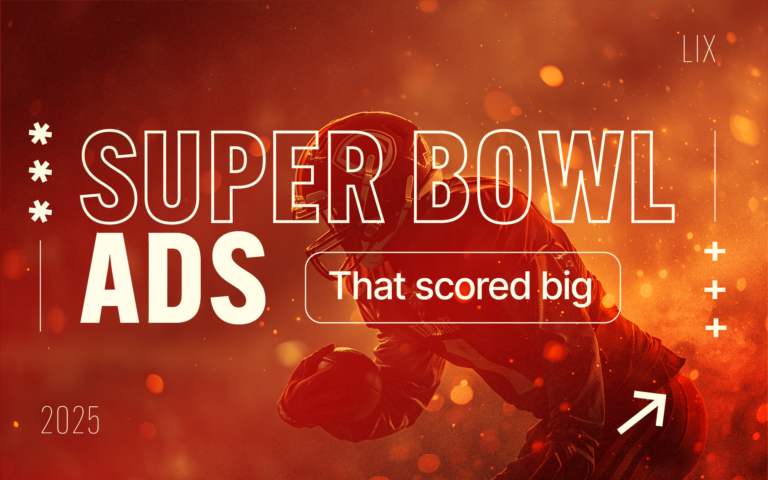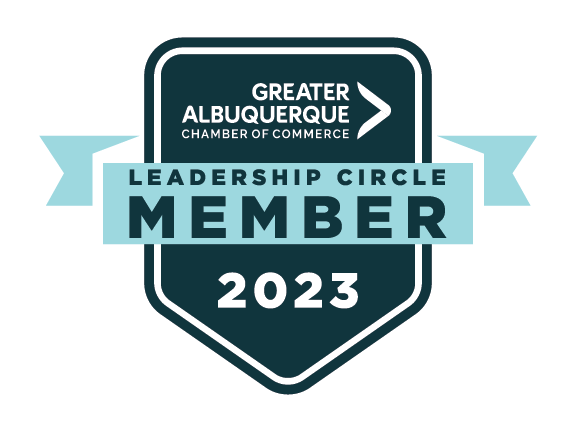When was the last time you stumbled onto a website and thought, “Wow, this looks outdated?” Or worse, felt unsure if the site was even legitimate? Chances are, you clicked away in seconds. That snap judgment is exactly why your website’s design is more important than ever—it sets the stage for how users perceive your brand, its credibility, and whether they’ll stick around long enough to learn more.
The Science Behind First Impressions
Research shows that users form an opinion about a website in just 50 milliseconds. Yes, you read that right—milliseconds! In this blink of an eye, they’re subconsciously evaluating visual design, layout, colors, and overall vibe to decide whether your site feels trustworthy or worth their time.
This reaction is deeply tied to psychology. Humans are visual creatures, and our brains are wired to process visual information faster than text. A well-designed website can evoke positive emotions like trust and professionalism, while a poorly designed one can trigger doubt or frustration.
Why Your Website Design is a Deal-Breaker
Studies show that 75% of users judge a business’s credibility based solely on its website design. That’s huge! People are looking for more than just good looks—they want functionality, clarity, and a sense that your brand understands them.
If your site is slow, confusing, or looks like it’s from 2010, visitors will bounce faster than you can say, “Wait, come back!”
How to Make Your Website Love at First Sight
So, how do you nail those crucial first impressions? It all comes down to combining great aesthetics with usability. Here are ten tips to help you make your website unforgettable (in the best way):
1. Focus on a Clean, User-Friendly Layout
Nobody wants to hunt for information. A simple, intuitive layout is key. Use tools like Figma or Adobe XD to map out what your website’s users are looking for and ensure visitors can find what they need in just a few clicks.
2. Get Serious About Mobile Design
Here’s a fact: over 55% of web traffic comes from mobile devices. If your site doesn’t look amazing on a smartphone, you’re losing half your audience. Responsive design isn’t just a trend—it’s a necessity. Tools like BrowserStack can help you test your site on different devices.
3. Add Personality with Micro-Interactions
Micro-interactions are the tiny details that make your site feel alive. Think buttons that subtly animate when clicked, tooltips that pop up when you hover, or a progress bar during checkout. These small touches make your site more engaging and guide users intuitively.
4. Make Wayfinding a Breeze
Wayfinding is a fancy term for helping people navigate your site without getting lost. Think clear menus, breadcrumb trails, and logical categories. A well-organized site reduces frustration and keeps users exploring longer.
5. Prioritize Usability for All Audiences
Your site should work for everyone, whether they’re tech-savvy or not. Ensure your buttons are easy to click, your fonts are readable, and your forms are straightforward. Tools like Google Lighthouse can help you audit your site for usability.
6. Don’t Skimp on Speed
Nobody likes a slow-loading site. Use tools like Google PageSpeed Insights or GTmetrix to identify issues that are slowing you down. Even shaving a second off load times can dramatically reduce bounce rates.
7. Choose the Right Colors and Fonts
Your color palette and typography should match your brand’s personality. A playful brand might lean into bold, vibrant colors, while a luxury brand might favor neutral tones and elegant serifs. Tools like Adobe Colors, Coolors and Google Fonts can help you get started.
8. Incorporate High-Quality Visuals
Blurry or generic stock images scream “unprofessional.” Invest in custom photography or high-quality visuals from platforms like Adobe Stock, Unsplash or Shutterstock to make your site stand out.
9. Build Trust with Small Details
Trust signals are everything—think customer reviews, security badges, and professional certifications. Even something as simple as a clearly displayed phone number can go a long way in building confidence.
10. Prioritize Accessibility with WCAG Compliance
Ensuring your website meets the Web Content Accessibility Guidelines (WCAG) isn’t just about ticking boxes—it’s about making your site usable for everyone, including individuals with disabilities. Simple steps include adding alt text for images, enabling keyboard navigation, maintaining sufficient color contrast, and using ARIA labels for better screen reader compatibility. Accessibility not only enhances the user experience but also broadens your audience reach and showcases your brand’s commitment to inclusivity. For more tips, check out tools like WAVE, Lighthouse, or Axe Accessibility Checker, and consult the WCAG guidelines
11. Leverage Data for Continuous Improvement
Finally, your website should never be “set it and forget it.” Use analytics tools like Google Analytics, Hotjar, or Crazy Egg to understand how visitors interact with your site. Identify bottlenecks, drop-off points, or underperforming pages, and use this data to make iterative improvements.
What’s the Payoff?
A great website isn’t just a pretty face—it’s a business asset. Here’s what a well-designed site can do for you:
- Keep Visitors Around Longer: A user-friendly design encourages people to explore. Lowering your website’s overall bounce rate.
- Boost Conversions: When users trust your site, they’re more likely to buy, sign up, or get in touch.
- Rank Higher on Google: Fast, responsive, well-organized sites tend to perform better in search engine rankings, leading more users straight to your brand.
- Strengthen Your Brand: A polished site sends the message that your business is professional, credible, and worth their time.
Here’s the Bottom Line
Your website is like a digital handshake—it’s often the first interaction people have with your brand. And as the saying goes, you don’t get a second chance to make a first impression.
By focusing on usability, adding personality with micro-interactions, and nailing wayfinding, you can create a site that not only impresses but converts.
So, what’s your website saying about your brand right now? If it’s anything less than “trustworthy and professional,” it might be time for a redesign. And hey, if you need a hand, we’re here to help. Let’s turn those milliseconds into meaningful connections—and profits!
Want to level up your website’s design? Let’s chat! We at Esparza Digital & Advertising Agency are here to help transform your online presence into a profit-driving machine.













